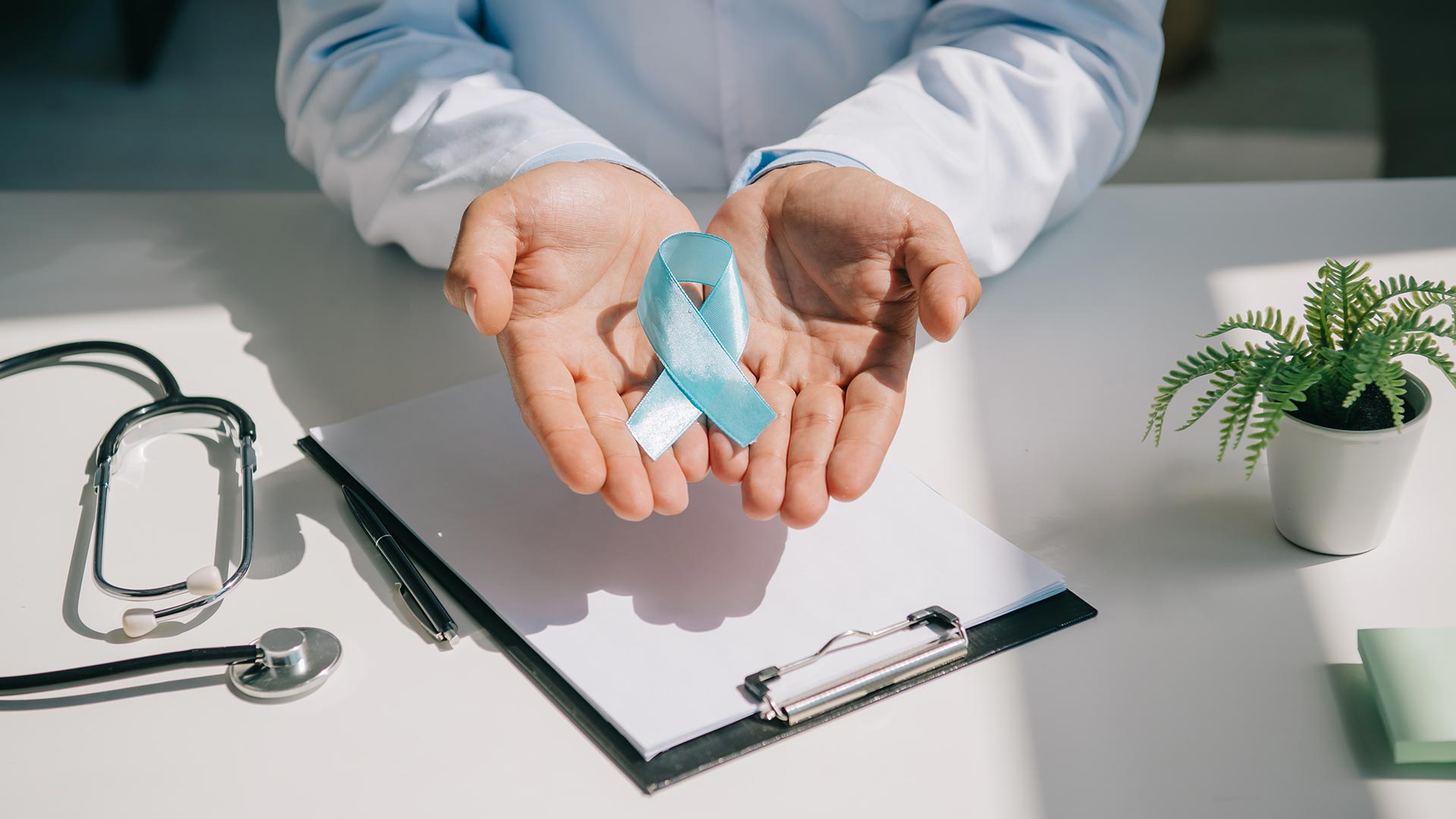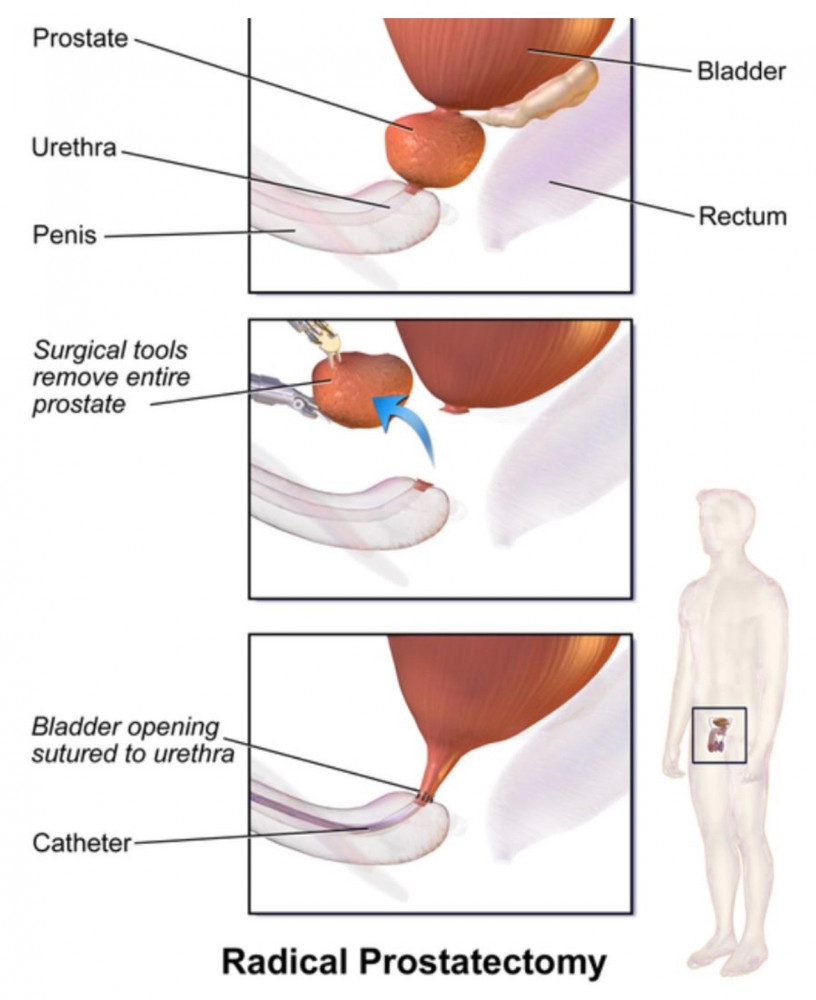Immediate Care
After undergoing a robotic radical prostatectomy, patients will usually have to spend 3-5 days in the hospital. The patient has a catheter inserted through his urethra or a tube from the bladder coming out through your abdomen. Patients might experience some pain. Nurses may clean incisions near the surgery site.
One Week Later
For the first one or two weeks, the catheter remains in place, and is attached to an external collection bag. The catheter keeps your urine flowing until the swelling from the procedure goes down. After 7 to 10 days, the catheter will be removed by your doctor. Around this time, you may also expect your doctor to round up your final pathology results. This practice determines whether you will need further treatment or not.
The Next Few Weeks
Patients who have undergone this surgery should avoid vigorous activities such as running, climbing stairs, or exercises for at least six weeks.
The First Month
Most men cannot regain urinary control for the next two months after surgery. Since it is difficult to gain control after surgery, it is important to use an adult urinary pad for some months. However, men may still face some side effects in the month following the surgery date. They may include erectile dysfunction and urine leaking. Patients are cleared to return to work after a month or so, depending on how their recovery is progressing. Physical activity helps one to recover continence.
Three Months
After three months, your doctor may recommend a PSA (Prostate-Specific Antigen) test. The result of the PSA test will help to determine whether you need further treatment. Additionally, this test is conducted after every three months for up to two years.
6 Months – 1 Year
On average, it takes six months for the cavernosal nerves (nerves that help in a penile erection) to recover. Patients can resume sexual activity once they can maintain erections. Although your sex life may resume, a major change after Radical prostatectomy is the absence of semen during orgasm.




